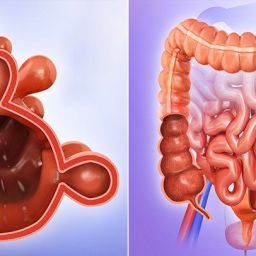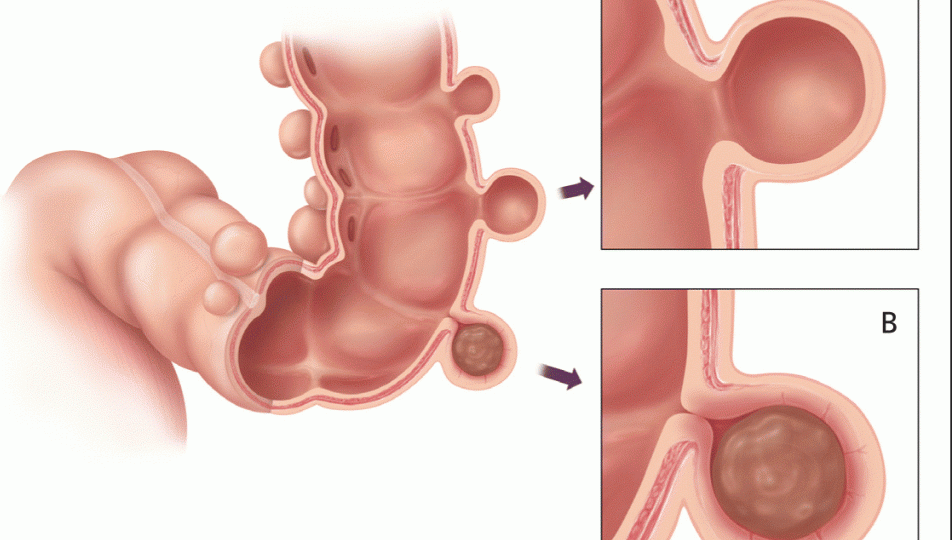
Recognizing the Symptoms of a Diverticulitis Attack
The first step in managing a diverticulitis attack is recognizing the symptoms. In many cases, individuals may have a history of diverticulosis but only experience diverticulitis symptoms intermittently. An acute attack can be marked by:
- Sudden onset of abdominal pain: The pain typically starts on the lower left side of the abdomen, where the sigmoid colon is located. However, the pain may also be generalized in the abdomen, particularly if complications arise.
- Fever: A mild fever (often in the range of 100°F–101°F) is common with diverticulitis, indicating inflammation or infection.
- Gastrointestinal disturbances: You may experience constipation, diarrhea, or the passing of mucus or blood in the stool.
- Nausea or vomiting: In severe cases, these symptoms may occur due to the body’s response to infection and pain.
If you experience these symptoms, it’s important to monitor the severity. If the pain worsens or if new symptoms, such as difficulty breathing or confusion, appear, seek medical help immediately.
2. Initial Self-Care Measures During a Diverticulitis Attack
If you suspect you are having a diverticulitis attack, the following self-care measures can help manage symptoms before seeing a healthcare provider. It’s important to note that these measures are temporary and should not replace professional medical advice.
2.1. Rest and Relaxation
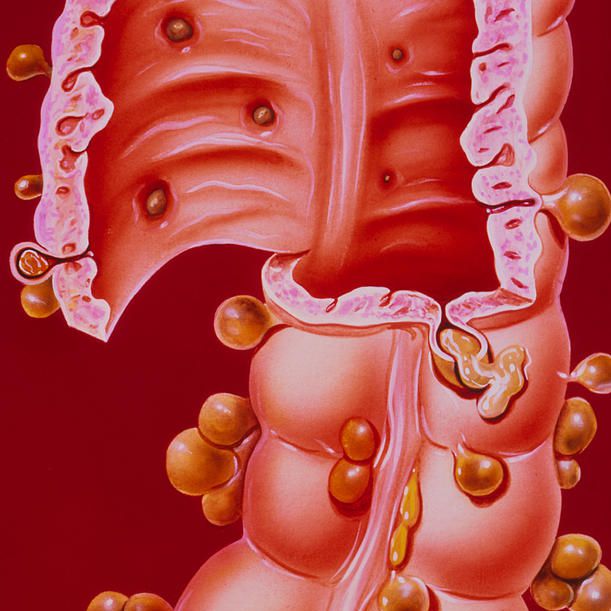
One of the first things you should do during a diverticulitis attack is to rest. Avoid any strenuous activities or heavy lifting that could strain your abdominal muscles. Give your body time to heal by resting in a comfortable position.
While you rest, try to stay calm and monitor your symptoms. Severe pain, fever, or prolonged nausea may indicate complications, in which case immediate medical attention is needed.
2.2. Follow a Low-Fiber or Clear Liquid Diet
During an acute diverticulitis episode, eating solid foods can irritate the inflamed diverticula and worsen symptoms. Instead, follow a low-fiber or clear liquid diet to give your digestive system a break.
A typical clear liquid diet may include:
- Water
- Broth (clear, without any added vegetables or seasonings)
- Apple juice or clear fruit juices without pulp
- Herbal tea (without caffeine or sugar)
- Popsicles without seeds or pulp
- Clear electrolyte solutions (such as Pedialyte)
As the inflammation reduces and your symptoms improve, your healthcare provider may recommend transitioning to a low-fiber diet. This means eating foods that are easy to digest and gentle on the digestive system, such as:
- White rice
- Plain pasta
- Cooked vegetables without seeds or skins
- Lean protein (chicken, fish)
Avoiding high-fiber foods during a diverticulitis flare-up can help prevent further irritation of the colon. You should gradually reintroduce fiber into your diet once you are feeling better and your doctor advises it.
2.3. Stay Hydrated
Dehydration can worsen symptoms and complicate the situation. Drink plenty of fluids such as water, clear broths, and electrolyte solutions. Hydration is important to maintain proper digestion and prevent constipation, which can further irritate the colon during an attack.
2.4. Over-the-Counter Pain Relief
If the pain is mild to moderate, you can take over-the-counter (OTC) pain relievers such as acetaminophen (Tylenol) to alleviate discomfort. However, avoid using NSAIDs (nonsteroidal anti-inflammatory drugs) such as ibuprofen or aspirin, as these medications can increase the risk of gastrointestinal bleeding and irritation.
If pain persists or worsens, do not hesitate to seek professional medical advice.
3. When to Seek Medical Help
While self-care measures can help alleviate some symptoms, it is critical to know when to seek medical attention. Immediate medical attention should be sought if:
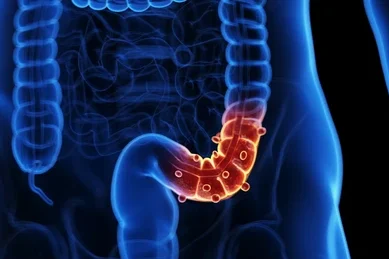
- Severe or worsening abdominal pain occurs, especially if it becomes sharp or constant.
- Fever persists or rises above 101°F (38.3°C), as this may indicate an infection or abscess.
- Nausea and vomiting prevent you from keeping fluids down.
- Blood in your stool or rectal bleeding occurs, which can indicate a more serious complication such as perforation.
- Difficulty breathing, dizziness, confusion, or weakness develops, which may be a sign of sepsis (a life-threatening infection).
- Inability to pass gas or have a bowel movement, suggesting a potential bowel obstruction.
These symptoms could indicate complications such as:
- Perforation: A hole or tear in the colon, which can lead to peritonitis (a serious infection in the abdominal cavity).
- Abscess: A collection of pus in the abdomen, typically resulting from an infection.
- Bowel obstruction: A blockage that can prevent the passage of stool or gas.
- Sepsis: A life-threatening condition where the infection spreads throughout the body.
If you experience any of these complications, seek emergency care immediately. Early intervention is crucial in preventing long-term damage.
4. Medical Treatment Options for Sigmoid Diverticulitis
Upon seeking medical help, your healthcare provider will conduct a thorough evaluation, which may include imaging studies such as a CT scan to assess the severity of the diverticulitis and rule out complications.
Treatment options for sigmoid diverticulitis vary based on the severity of the attack. For mild cases, the treatment may include:
- Antibiotics: If infection is suspected, your doctor may prescribe antibiotics to reduce the inflammation and fight the bacterial infection in the diverticula.
- Pain management: Your healthcare provider may recommend stronger pain medications if over-the-counter options are insufficient.
For more severe cases or if complications are present, such as an abscess or perforation, you may require:
- Hospitalization: You may need to be hospitalized for intravenous antibiotics, fluids, and more intensive monitoring.
- Surgery: In rare cases, surgery may be needed to drain abscesses, remove the affected portion of the colon, or repair a perforation.
4.1. Long-Term Management of Diverticulitis
After recovering from an acute attack, long-term management of sigmoid diverticulitis typically involves lifestyle changes to prevent future flare-ups, including:
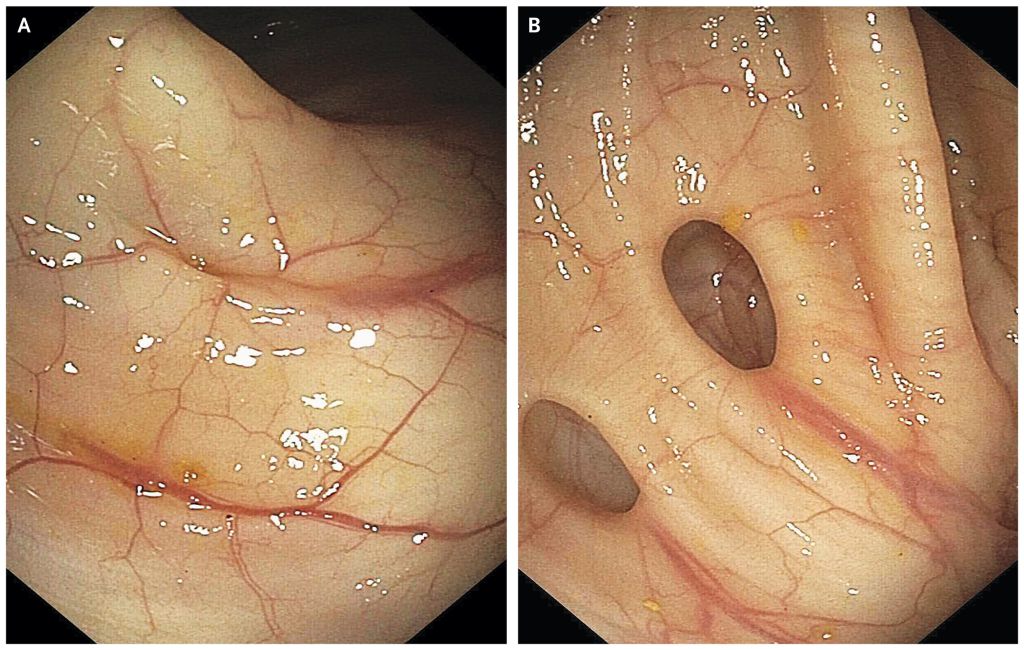
- Dietary modifications: Gradually increasing fiber intake and following a balanced, high-fiber diet to promote healthy digestion.
- Regular exercise: Engaging in physical activity to promote regular bowel movements and overall digestive health.
- Probiotics: These may help improve gut health and prevent further infections.
- Stress management: Chronic stress can exacerbate gastrointestinal issues, so managing stress through relaxation techniques may be beneficial.
During a sigmoid diverticulitis attack, it’s essential to recognize the symptoms and manage the condition appropriately. While rest, hydration, and a low-fiber diet can help control mild symptoms, it’s important to seek medical help when the pain is severe, fever is high, or complications arise. Early medical intervention can prevent serious complications, such as abscesses, perforation, or sepsis, and improve long-term outcomes.
By following the advice of your healthcare provider, adopting lifestyle changes, and being aware of warning signs, you can reduce the risk of future diverticulitis attacks and maintain your overall digestive health.

